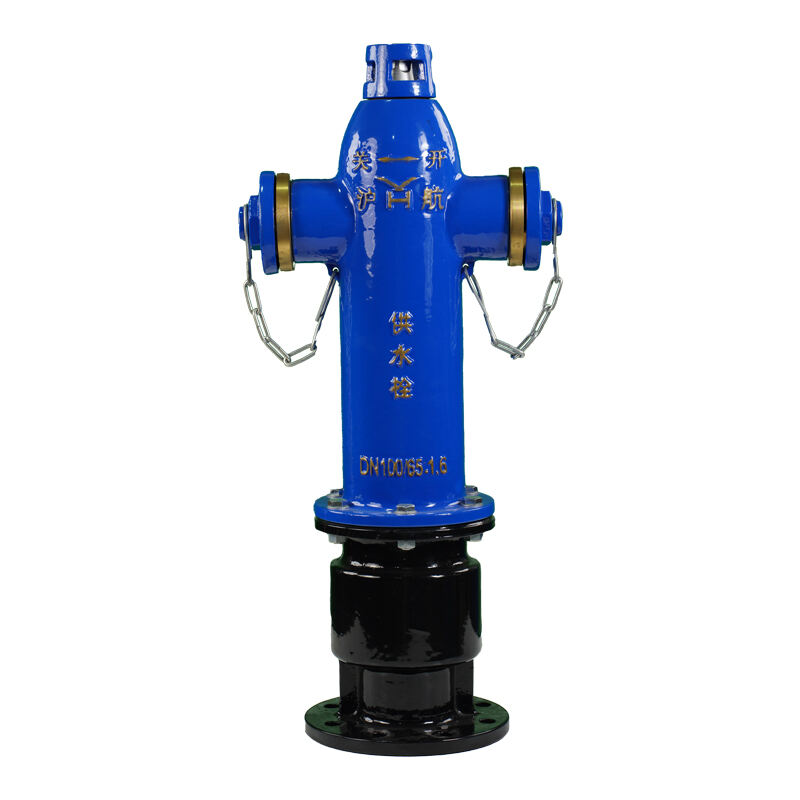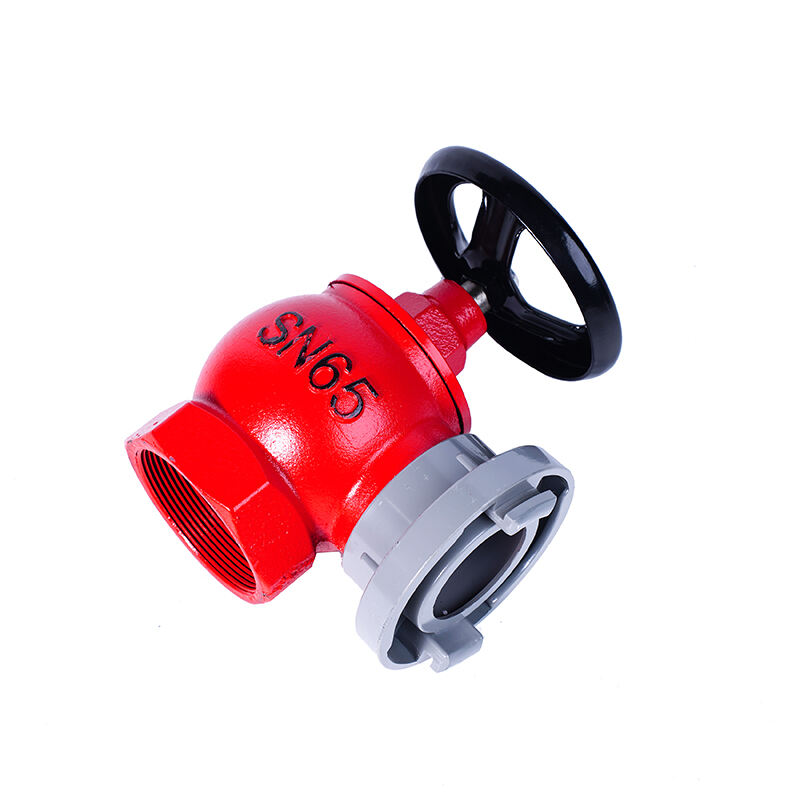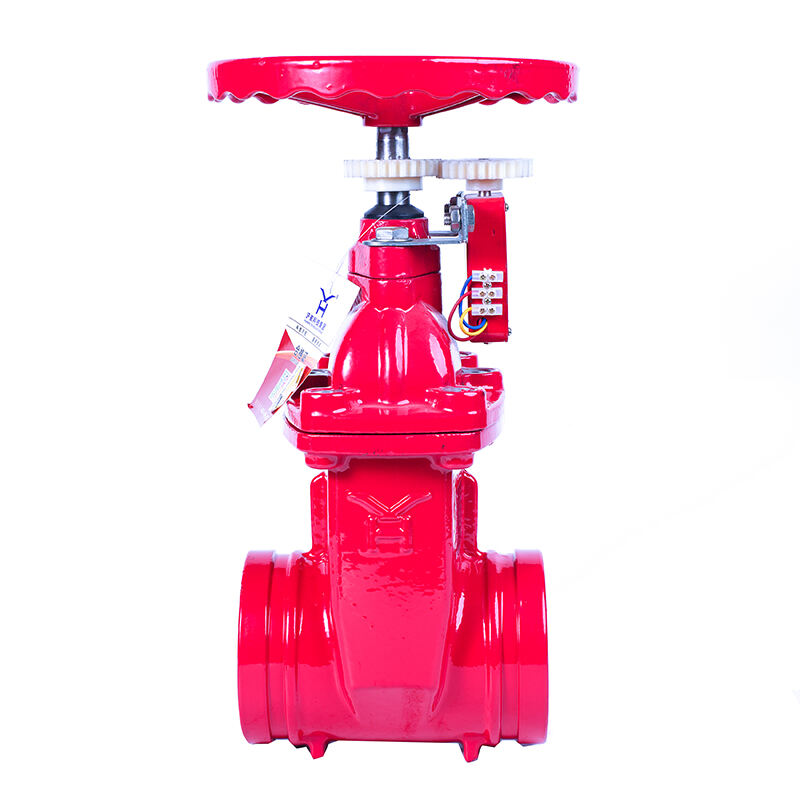fire fighting hydrant
A fire fighting hydrant is a critical emergency response infrastructure that provides rapid access to water supply during fire emergencies. These robust devices are strategically positioned throughout urban and rural areas, offering firefighters immediate access to pressurized water essential for fire suppression operations. Modern fire hydrants feature standardized connections, allowing fire departments to quickly attach their equipment using universal fittings. The main barrel of the hydrant connects to the municipal water supply through underground piping, typically maintaining pressures between 50 and 100 PSI. The hydrant's design includes multiple outlet ports, usually consisting of one large steamer port and two smaller hose ports, each protected by caps when not in use. An operating nut at the top allows firefighters to control water flow, while the internal valve mechanism prevents freezing in cold climates. Advanced models incorporate features such as automatic draining systems, breakaway designs for vehicle impact protection, and SMART monitoring capabilities that can detect unauthorized use or maintenance needs. These hydrants undergo regular testing and maintenance to ensure reliable operation during emergencies, with most models capable of delivering between 500 to 2500 gallons per minute depending on water system capacity and design.


